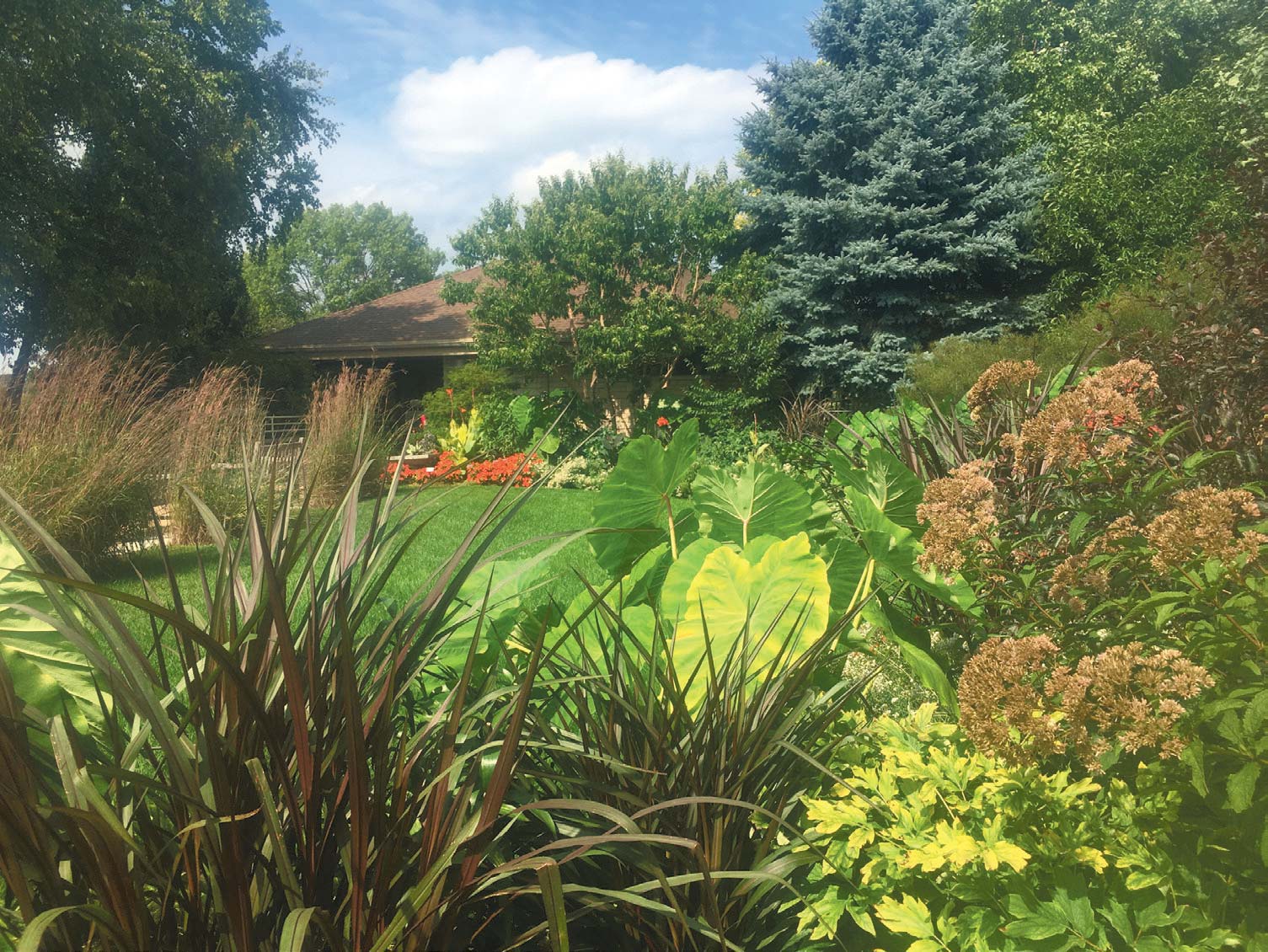Plant Texture Key to Ornamental Gardens
Setting the tone for a garden-themed spring issue
So you want to plant an ornamental garden and either don’t really know how to start or have had trouble with planting one in the past.
“There are many attributes of an attractive ornamental garden,” said Paul Kell of Bonnie Brooke Gardens in Sturgeon Bay. “Among them is the proper use of varying textures of plants. It’s importance is on par with proper variances and coordination of plant height, bloom color, bloom timing, etc.”
Kell points out that while you are out shopping, simply try to visualize how the shape, size and form of your new selections will work with each other and with the existing plants they will be placed next to. While shopping, try to keep in mind the mature form of the plant, not just how it appears today.
“Pairing varieties with opposing textural attributes creates significant visual impact,” he said. “For example, pairing the broad and bold leaf shape of hostas with the cylindrical and pointed needles of a low-growing evergreen, or with the thin and wispy leaf form of a plant like artemisia, is desirable due to the stark differences in shapes. Pairing the long, thin leaves of an ornamental grass with the star-shaped leaves like those of vinca is another desirable combination. The combinations are truly endless.”
Kell also says that texture in blooms is an important consideration, as well, and that much the same considerations discussed with foliage is applicable to flowers.
“Have you ever taken the time to really consider the different shapes, sizes and forms of the flowers around you?” he asks. “It is truly magnificent that Mother Nature – and skilled plant breeders – have produced all the variation we see today. Consider the differences in form between the singular round inflorescences of globe thistle or buttonbush in comparison to the plentiful star-shaped inflorescences of pentas, or the full and layered form of peony flowers, or the tall spikes of gladioli. Careful and thoughtful placement of plants with strikingly different flower textures can do much to bolster your garden’s appeal.”
In the end, says Kell, proper use of texture is yet one more way to add beauty to your garden.
“Try to keep it in mind while shopping for new additions and designing your layout. Try not to sacrifice other basic garden design elements in your quest for varying, yet balanced texture. Developing your skill in this area is yet one more approach to making your garden a stunning masterpiece that is sure to impress.”
THE STAFF over at Meissner Landscape in Sturgeon Bay also offers some tips, including an approach to use of texture.
“From a design aspect, when arranging plants within a planting bed, have coarser textured plants furthest from the viewing point,” explains Nick Meissner. “Texture should become finer closer to bed edge.”
When it comes to maintaining the garden, how you start is important.
“Start new and renovated gardens with great soil; maintain proper soil PH, drainage and nutrition,” said Meissner’s Tony Pultz. “Add soil amendments with thorough cultivation as needed plus promote soil emulsifiers for continued breakdown of organic material.”
And to extend the life of your garden, John Peterthorn encourages gardeners to “remove spent flowers to extend bloom time.”
Throughout this issue we’ll be offering a variety of gardening tips and recipes for your yield.





